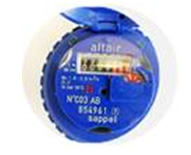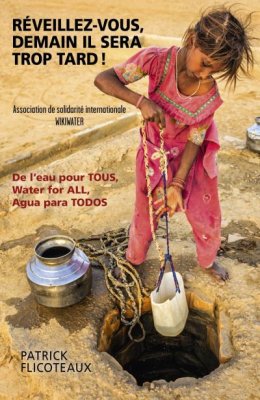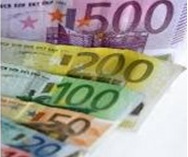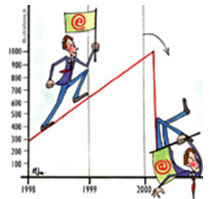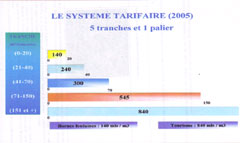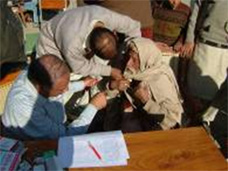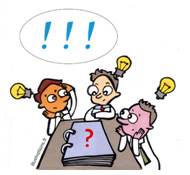1) What is involved ?
This is one of the simplest and most effective pricing methods that allows the most underprivileged and where applicable large families to have access in affordable conditions to water and to sanitation.
2) Who use this means and since when ?
Communities that have a concern for solidarity, simplicity and efficiency.
3) Why ?
Because the system is effective, easy to develop and set up and that i scan be modulated if required according to the categories of beneficiaries
4) Who is primarily concerned ? Locations or contexts in which this means seems best suited
This merans can be used just about everywhere, even when pricing is, when there are no meters for example, a lump sum.
5) What does this process involve ? How is it used ?
This entails applying a reduction, either on the price per m3, or on the whole invoice, or possibly (See Sheet B7) on the amount of the subscription in the case of "two-part" pricing.
This reduction is applied either in the form of an amount, or in the form of a percentage. The latter can vary according to the categories concerned or their level of resources.
It is applied either to the entire amount, or (most often) on only a part of the consumption considered to be indispensable.
The categories retained by the communities are diverse. Most often it is the low-income populations, but also certain patients, for example with kidney problems who require a lot of water for their treatment, the disabled, widows or people living in poor sections of town.
6) Main advantages and drawbacks
a) Main advantages
- The principle is simple and allows for several types and degrees of application.
- It makes it possible to target precise categories of users without having to individualise the reductions granted.
- These categories can, as chosen by the communities, be highly diverse (most often however the low-income populations).
- The reductions granted can be substantial and can vary according to the level of resources or vulnerability of the interested parties.
b) Main disadvantages
- Difficulty sometimes in defining the beneficiaries in a simple yet precise manner, and then in identifying them.
- Risk of substantial costs to identify and manage the people concerned if the system is too complicated or if there are not already files in the countries concerned on social assistance granted subject to conditions of resources or composition of the household.
- Difficulties to apply in buildings with group meters in order to pass on the reductions
7) Achievement examples
- In CHILE, the State grants substantial reductions to the poor (17% of families) ranging from 40 to 85% on the price per m3 but up to a limit of 15 m3 per year, with the poorest benefitting from these 15 m3 free of charge.
- In HUNGARY, nearly half of the households for which the income falls within the first decile (the 10% of the population with the lowest income) benefit from a reduction of 20% on their bills.
- In SCOTLAND, certain single people (students, the retired and the disabled) benefit from a reduction of 25%.
- In the USA, in Boston, the underprivileged also benefit from a reduction of 25%.
- In AUSTRALIA, in the State of Victoria, 30% of the subscribers also have a right to a 25% reduction. In Sydney, a little less than 15% of households benefitted, in the form of Water cheques, of reductions but the latter can represent up to nearly half of the bill.
8) Where to obtain further information - Bibliography
 - Revue Quart-Monde : "Solidarity for water", a 2-page article by Henri SMETS from the Water Academy explaining how the price of water has become unaffordable for the poor and providing many examples of solidarity implemented in the world, including rate reductions.
- Revue Quart-Monde : "Solidarity for water", a 2-page article by Henri SMETS from the Water Academy explaining how the price of water has become unaffordable for the poor and providing many examples of solidarity implemented in the world, including rate reductions.
Video
- Fondapol-TV : "Right to water and social pricing", Video of 1h21 ’extracted from a round table on the problems of right to water and genuine access for the poor through various means including the pricing:
https://www.dailymotion.com/video/xhnrjb
-Fondapol: Micro-pavement video on the "right to water for all":
https://www.youtube.com/watch?v=qMxuT_MYKTY



